- Home
- Machining techniques
- CNC Machining Services
- Cooperative supply services
- Designs
- Materials
- Finishing Services
- Shop
- Products
- Guide
- About Us
- Contact Us
2022.12.26
CNCLATHING is specialized in precision CNC machining, with more than 100 precision CNC machining equipment, which can meet the processing needs of precision parts in different fields. Today, we have summarized and sorted out 12 valuable experiences about CNC programming for you.
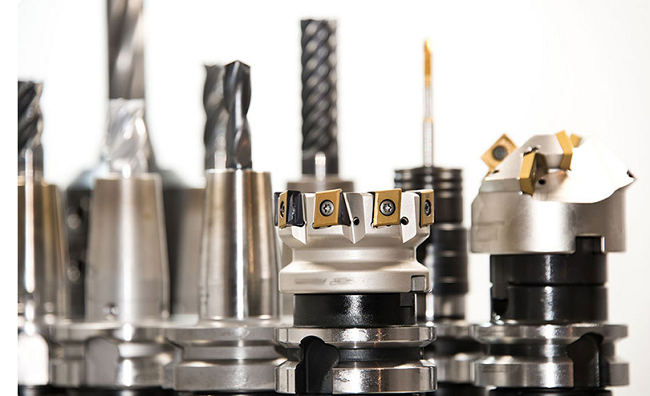
CNC machining process can be divided as follows:
The method of tool centralized sorting is to divide the working procedure according to the tool used, and use the same tool cnc to complete all the parts that can be completed. Use the second knife and the third knife to complete other parts that it can. This can reduce the number of tool changes, shorten the idle time, and reduce unnecessary positioning errors. According to the sequence method of machining parts, parts with more cnc machining content can be divided into internal shape, external shape, curved surface, plane and other parts according to their structural characteristics. Generally, the plane and positioning surface shall be machined first, and then the hole shall be machined; First process simple geometric shapes, then process complex geometric shapes; First process the parts with low accuracy, then process the parts with high accuracy requirements. For the parts that are easy to be deformed by rough and finish machining in sequence, due to the possible deformation after rough machining, they must be calibrated. To sum up, when dividing processes, we must flexibly master them according to the part structure, process, function, part CNC processing content, installation times and unit production organization. It is also proposed to adopt the principle of process centralization or process decentralization, which shall be determined according to the actual situation, but must be reasonable as far as possible.
Three points should be paid attention to in the determination of positioning datum and clamping scheme for CNC machining: strive to unify design, process and programming calculation. Minimize the number of clamping and ensure that all surfaces to be machined will be machined by Cnc after one positioning. Avoid using the manual adjustment scheme of the occupancy. The fixture shall be opened smoothly, and its positioning and clamping mechanism shall not affect the tool path in CNC processing (in case of collision). In this case, the vise or base plate can be used for clamping.
The processing sequence shall be considered according to the processing structure, blank status, positioning and clamping requirements of the parts, and the emphasis shall be placed on ensuring the rigidity of the workpiece. Generally, the following principles shall be followed:
The CNC processing of the previous process does not affect the positioning and clamping of the next process, and the machining process of universal machine tools interspersed between them should also be considered comprehensively. First, the internal cavity processing is carried out, and then the external processing is carried out. It is best to adopt the same positioning and clamping method or the same cnc processing procedure for the same blade to reduce the number of times of repeated positioning, tool change and moving the pressing plate. In the same installation process, the processes with less rigid damage to the workpiece shall be preferentially arranged for multiple processes.
A. The tool setting point can be set on the workpiece, but it should be noted that the tool setting point must be the reference position or the position that has been precision machined. Sometimes after the first process, the tool point is damaged by CNC processing, and the second process and the subsequent tool setting point cannot be found. Therefore, when setting the tool in the first process, pay attention to setting a relative tool setting position at the position that has a relatively fixed dimension relationship with the positioning reference, So as to restore to the original tool setting point according to the relative position relationship between them. This kind of relatively opposite tool position is usually located on the worktable or fixture of the machine tool.
B. The origin position of the workpiece coordinate system is set by the operator, and is determined by tool setting after the workpiece is clamped. Once the workpiece coordinate system is determined, it will not change generally. The workpiece coordinate system and the programming coordinate system must be unified, that is, the workpiece coordinate system is consistent with the programming coordinate system.
After the CNC machining workpiece alignment and program debugging are completed, the automatic machining stage will be entered. During the automatic machining process, the operator should always monitor the cutting process to prevent the workpiece quality problems and other accidents caused by improper cutting. Monitoring the cutting process mainly considers the following aspects:
The monitoring of the machining process mainly considers the rapid cutting of the surplus allowance on the workpiece surface. In the automatic machining process of the machine tool, the tool automatically cuts according to the predetermined cutting amount. At this time, the operator should observe the change of cutting load through the cutting load table, and adjust the cutting parameters according to the bearing force of the tool to maximize the efficiency of the machine tool. Monitoring of cutting sound during automatic cutting Generally, when cutting starts, the sound of the tool cutting the workpiece is stable, continuous and light, and the machine tool moves steadily. In the cutting process, due to the existence of hard spots on the workpiece surface, tool wear, tool clamping and other reasons, the cutting process appears unstable. At this time, the cutting parameters and cutting conditions shall be adjusted in time. When the adjustment effect is not obvious, the machine tool shall be suspended, the tool and workpiece status shall be checked, and the finishing process shall be monitored to ensure the machining size and surface quality of the workpiece. The cutting speed is high and the feed rate is large. At this time, attention should be paid to the influence of chip buildup on the processing surface. When machining the cavity, attention should be paid to the over cutting and tool letting of corner machining. To solve the above problems, first of all, pay attention to adjusting the position of cutting fluid spray, so that the machined surface is always in a cooling state. Second, pay attention to the quality of the machined surface of the workpiece, and try to avoid quality changes by adjusting the cutting parameters. If the adjustment still has no obvious effect, stop the machine to check whether the original programming is reasonable. Special attention shall be paid to the position of the tool when the machine is stopped or stopped for inspection. If the tool stops during cutting and the spindle stops suddenly, tool marks will appear on the workpiece surface. When the tool is out of the cutting state, the shutdown shall be considered generally. Tool monitoring tool quality directly affects the workpiece processing quality. The normal wear state and abnormal damage state of the tool are judged through sound monitoring, cutting time control, cutting process pause inspection, workpiece surface analysis and other methods. Tools shall be handled in time according to processing requirements to prevent processing quality problems caused by tools not being handled in time.
Tool path refers to the path and direction of the tool relative to the workpiece during CNC machining. It is very important to choose the machining route reasonably, because it is directly related to the machining accuracy and surface quality of parts. The determination of the tool path mainly considers the following points: ensuring the machining accuracy requirements of parts, convenient numerical calculation, and small programming workload. Find the shortest CNC machining route, reduce the empty cutting time, improve CNC machining efficiency. Minimize the number of segments. Ensure the roughness requirements of the workpiece contour surface after CNC machining, and the final contour shall be arranged for the last continuous machining. The feeding and withdrawing of the cutter (cutter and cutter) shall be carefully considered to minimize the tool stopping at the contour (elastic deformation caused by sudden change of cutting force), and to avoid scratching the workpiece due to vertical cutting.
The processing program list is an item in the CNC processing process design, which needs to be observed and implemented by the operator, and the specific processing program description, so that the operator can understand the content of the processing program, the fixture and positioning method, and the precautions for the tools used in each processing program. In the processing program list, it shall include: drawing, programming file name, workpiece name, clamping sketch, program name, tool used in each program, maximum cutting depth, processing nature (such as rough machining or finish machining), theoretical processing time, etc.
After determining the processing technology, the following contents shall be understood before programming:
Workpiece clamping mode. Workpiece blank size – to determine the processing range or whether multiple clamping is required. Workpiece material – in order to select which tool to use for processing. What are the tools in stock – Avoid the need to modify the program due to the absence of the tool during the processing. If the tool must be used, it can be prepared in advance.
Carbide end milling cutter and end milling cutter shall be selected for plane milling without regrinding. In general milling, the second tool path shall be adopted as far as possible, and the first tool path shall preferably be rough milling with end milling cutter, and the tool path shall be continuous along the workpiece surface. It is recommended that the width of each cut be 60% – 75% of the tool diameter. End milling cutter and end milling cutter with carbide insert are mainly used for machining boss, groove and box mouth surface. Ball knife and round knife (also known as round nose knife) are commonly used for processing curved surfaces and variable bevel shapes. The ball cutter is mainly used for semi finishing and finishing. The round cutter with carbide insert is mostly used for rough cutting.
Safety height setting principle: generally higher than the highest point of the island. Or set the programming zero point at the top to avoid collision to the greatest extent.
The program transmission mode is divided into CNC and DNC. CNC means that the program is transmitted to the machine tool’s memory for storage through floppy disk, tape reader, communication line and other media, and then the program is called out from the memory for processing during processing. Due to the limited memory capacity, when the program is large, DNC mode can be used for processing. Because the machine tool directly reads the program from the control computer (that is, in the process of sending out) during CNC processing, the memory capacity is not limited by the size.
Since different machine tools can recognize different address codes and NC program formats, the correct post-processing format should be selected to ensure the normal operation of the program.
These are the 12 valuable experiences of CNC programming. In actual operation, the three elements of cutting depth, feed speed and spindle speed are ignored. The principle of our daily selection of cutting parameters is that the cutting amount is small and the feed rate is large. Generally speaking, the cutting depth is small and the feed rate is fast. According to different materials, our commonly used tools are divided into ordinary hard steel tools (generally made of high-speed steel), titanium plated alloy tools and tungsten steel tools. Many people who do CNC processing want to change their jobs to become programmers. Before changing their jobs, they must master the above knowledge. Only by combining this knowledge with practical experience can they better adapt to the new industry.
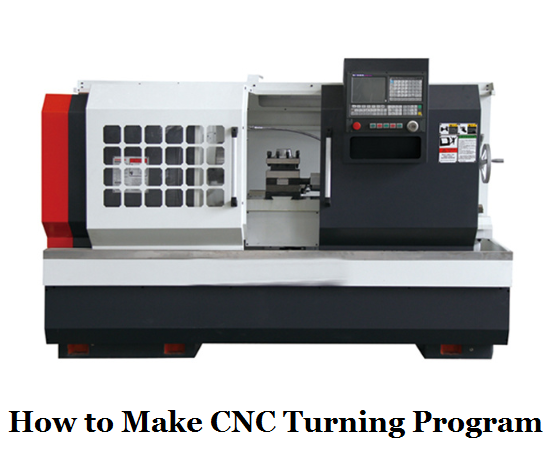 CNC Lathe Programming Guide & Tips – How to Make CNC Turning Program | CNCLATHING
CNC Lathe Programming Guide & Tips – How to Make CNC Turning Program | CNCLATHING
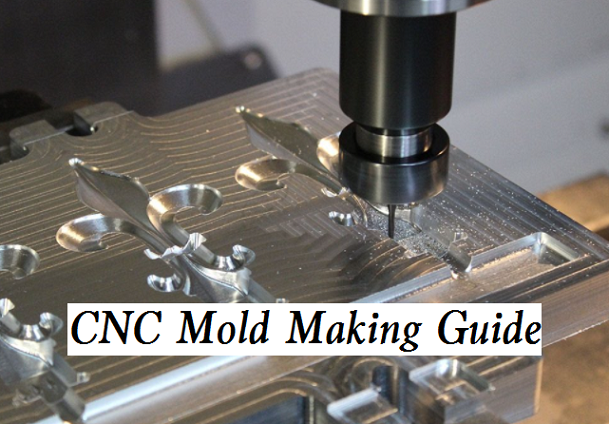 How to Program in CNC Mold Making | Guide to Mold Processing Operations & Tool Setting
How to Program in CNC Mold Making | Guide to Mold Processing Operations & Tool Setting
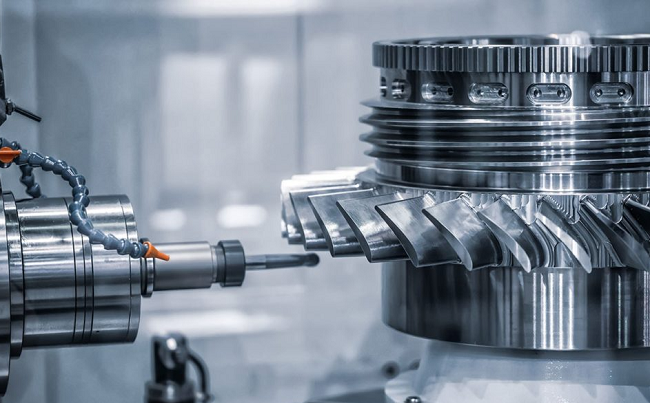 7 FAQs About CNC Machining – What Is CNC Machining | Comprehensive Guide
7 FAQs About CNC Machining – What Is CNC Machining | Comprehensive Guide
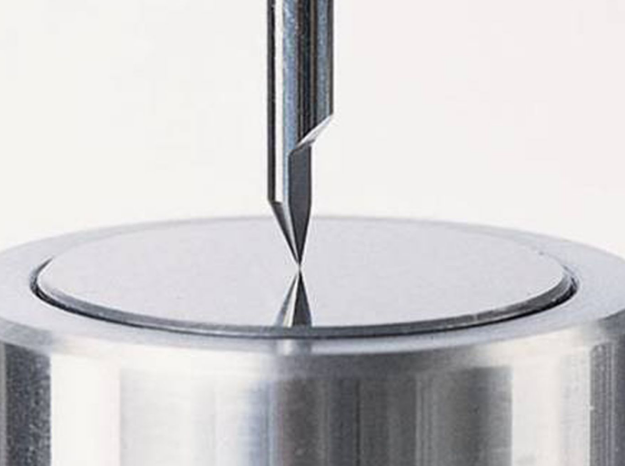 Treatment Of Common Tool Setting Problems In CNC Machining – Principle Analysis, Main Methods & Measures
Treatment Of Common Tool Setting Problems In CNC Machining – Principle Analysis, Main Methods & Measures
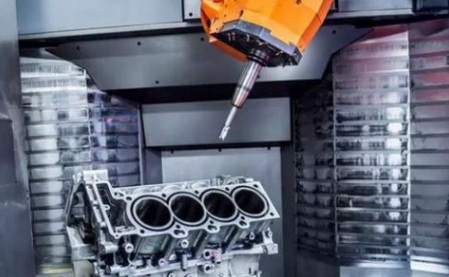 7 Common Tool Setting Methods For CNC Machining | CNC Tool Setting
7 Common Tool Setting Methods For CNC Machining | CNC Tool Setting
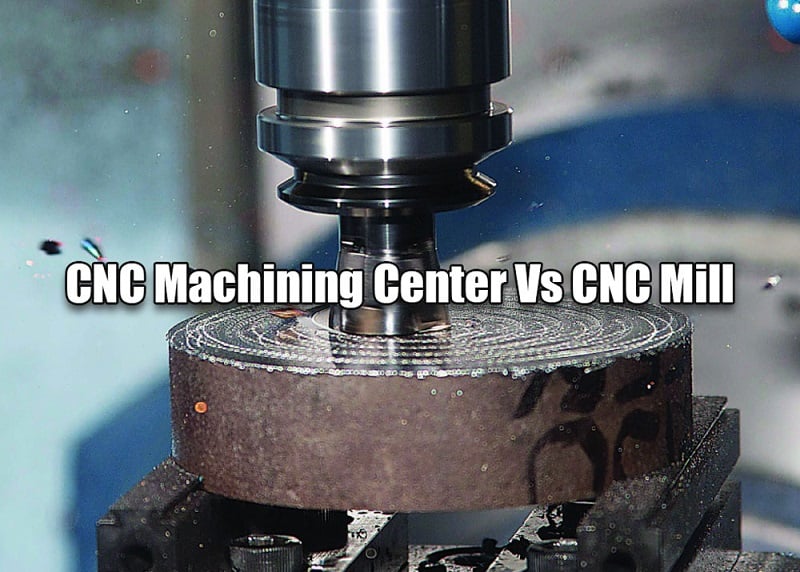 CNC Machining Center Vs CNC Mill – Difference Between Machining Center And Milling Machine In Programming
CNC Machining Center Vs CNC Mill – Difference Between Machining Center And Milling Machine In Programming
